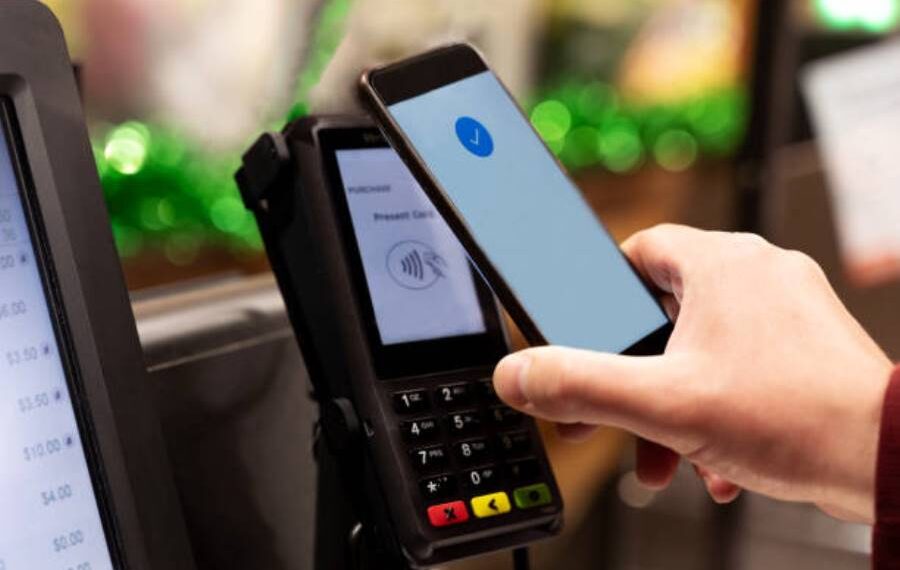With the expansion of mobile payment systems, tap-and-go cards, and wearable devices, consumers are increasingly opting for the ease of contactless transactions.
However, this rise in usage also brings forth a corresponding increase in security risks, exposing you to various fraudulent schemes orchestrated by cyber criminals.
Trevor Cooke, privacy expert at Earthweb, discusses three of the most common contactless payment scams and reveals how you can protect yourself.
The Four Most Common Contactless Scams
1. Skimming Devices
Fraudsters install skimming devices on legitimate payment terminals to capture card information when users make transactions.
Trevor says, ‘These devices can covertly steal card details, including the card number and expiration date, enabling criminals to clone cards or make unauthorized purchases.’
2. Shoulder Surfing
This tactic involves criminals lurking near individuals making contactless payments and secretly observing or recording their card details. With this information, fraudsters can easily access the victim’s accounts or make fraudulent transactions.
3. Card Cloning
Criminals utilize sophisticated techniques to clone contactless cards, replicating the data stored on the card’s chip. Once cloned, these cards can be used for unauthorized transactions, posing a significant threat to users’ financial security.
4. RFID Readers
Trevor explains, ‘RFID (Radio Frequency Identification) is a technology that uses electromagnetic fields to automatically identify and track tags attached to objects.
These tags contain electronically stored information that can be read remotely using RFID readers or scanners.’
In the realm of contactless payment scams, criminals may exploit RFID technology by using illegal RFID readers or scanners to intercept data from unsuspecting individuals’ contactless cards or devices without their knowledge.
Identifying Red Flags And Protecting Your Personal Information
Trevor’s helpful tips to identify contactless payment fraud and to best protect your personal information include:
- Regularly monitor bank statements and transaction history for any unauthorized or suspicious activity.
- Shield PIN entry when making transactions, ensuring privacy and preventing potential shoulder surfers.
- Verify the security of payment terminals and ATMs before use, checking for any signs of tampering or suspicious attachments.
- Enable transaction notifications and alerts on mobile banking apps to receive immediate notifications of any unusual activity.
- Consider using additional security features such as biometric authentication or tokenization for added protection.
- Employ protective measures such as RFID-blocking wallets or sleeves, which help shield their cards from unauthorized scanning attempts.
As cybersecurity concerns continue to evolve alongside advancements in technology, consumers must remain aware and prioritize proactive measures to safeguard their financial information.
As noted by Earthweb’s privacy expert, Trevor Cooke, ‘In an era where data breaches and identity theft have become normal, it’s essential for people to prioritize the security of their personal information, especially when engaging in contactless payment transactions.’
[Featured Image Credit]






